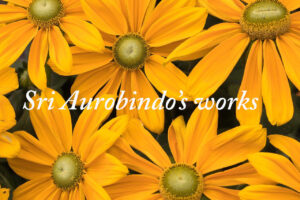: तपःश्रद्धे ये ह्युपवसन्त्यरण्ये शान्ता विद्वांसो भैक्ष्यचर्यां चरन्तः ।सूर्यद्वारेण ते विरजाः प्रयान्ति यत्रामृतः स पुरुषो ह्यव्ययात्मा ॥११॥
It appears that there is some evidence that our ancient Seers had given some importance for living a quiet life in forest, begging alms to get food and following this lifestyle as an aid to liberating themselves from the snare of mind and senses.
Yes and unfortunately this kind of teaching, whatever its merit to the individual seeking moksha, did much harm to the collective march of mankind and the ideals established by Sri Rama and Sri Krishna. The result is the multiplication of beggars and monasteries but few who have arrived at Moksha. After all a freedom that is dependent upon outer circumstances and conditions is, by definition not really a freedom.
1) I actually thought that monastic life of forest and alms culture was introduced by Buddha but looks like it was there in that form before the times of Buddha. Am I understanding it correctly?
Monastic life and forest dwellers were always there justifying the name Aranyak. But many of these hermitages were supported by kings. Alms culture was actually meant as a tool to help overcome preferences and desires. The rule was to go to one house only and be content with whatever is given (or not given). In return the sages and their disciples gave knowledge of which they were supposed to be the bona-fide custodians.
2) What is this gate of Sun they are talking about? Is it the Supermind?
Yes, the Overmind covering that guards the face of the ultimate Truth. The Overmind is the gate while the Supermind is the Sun.
Affectionately,
Alok Da



